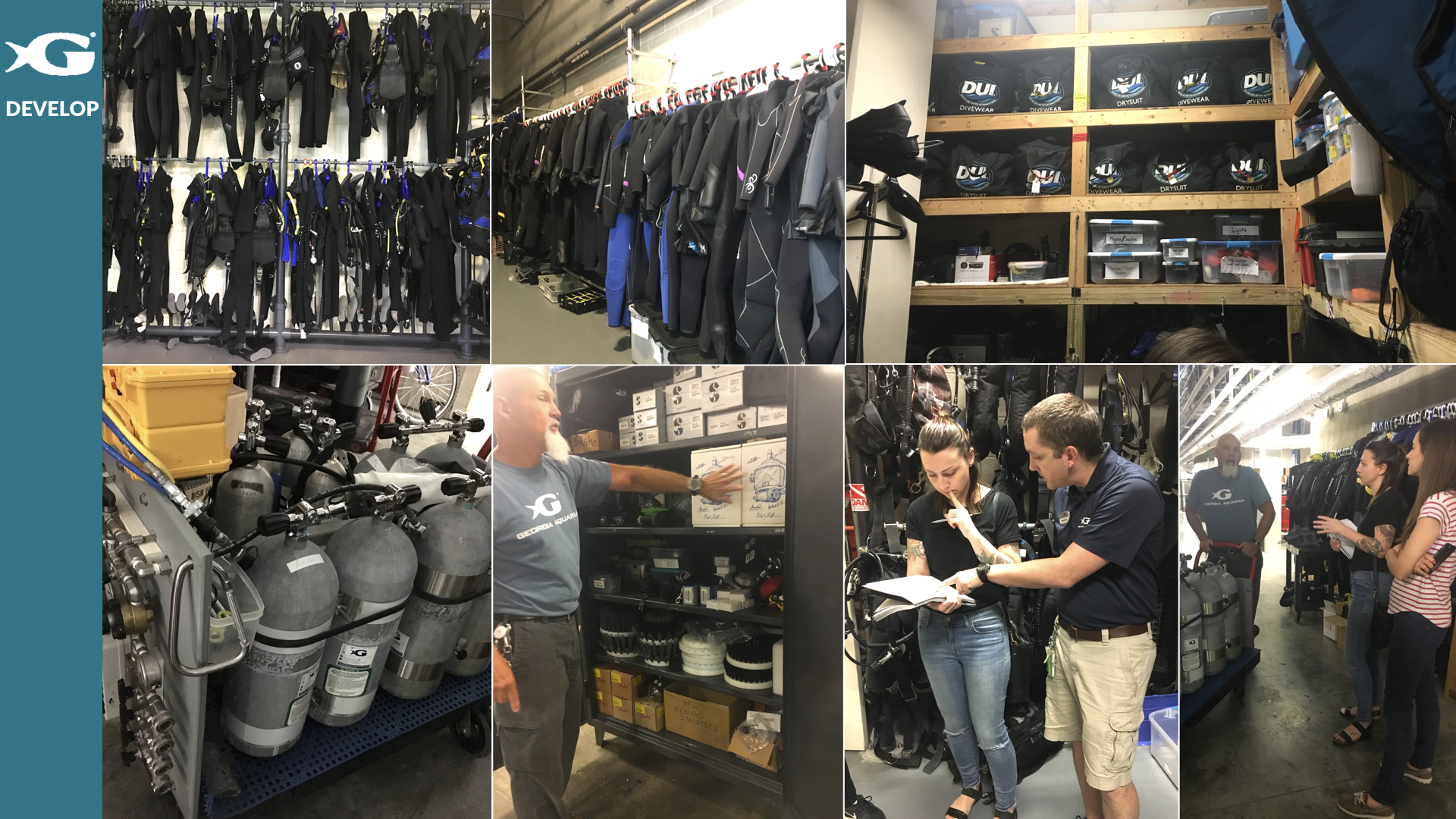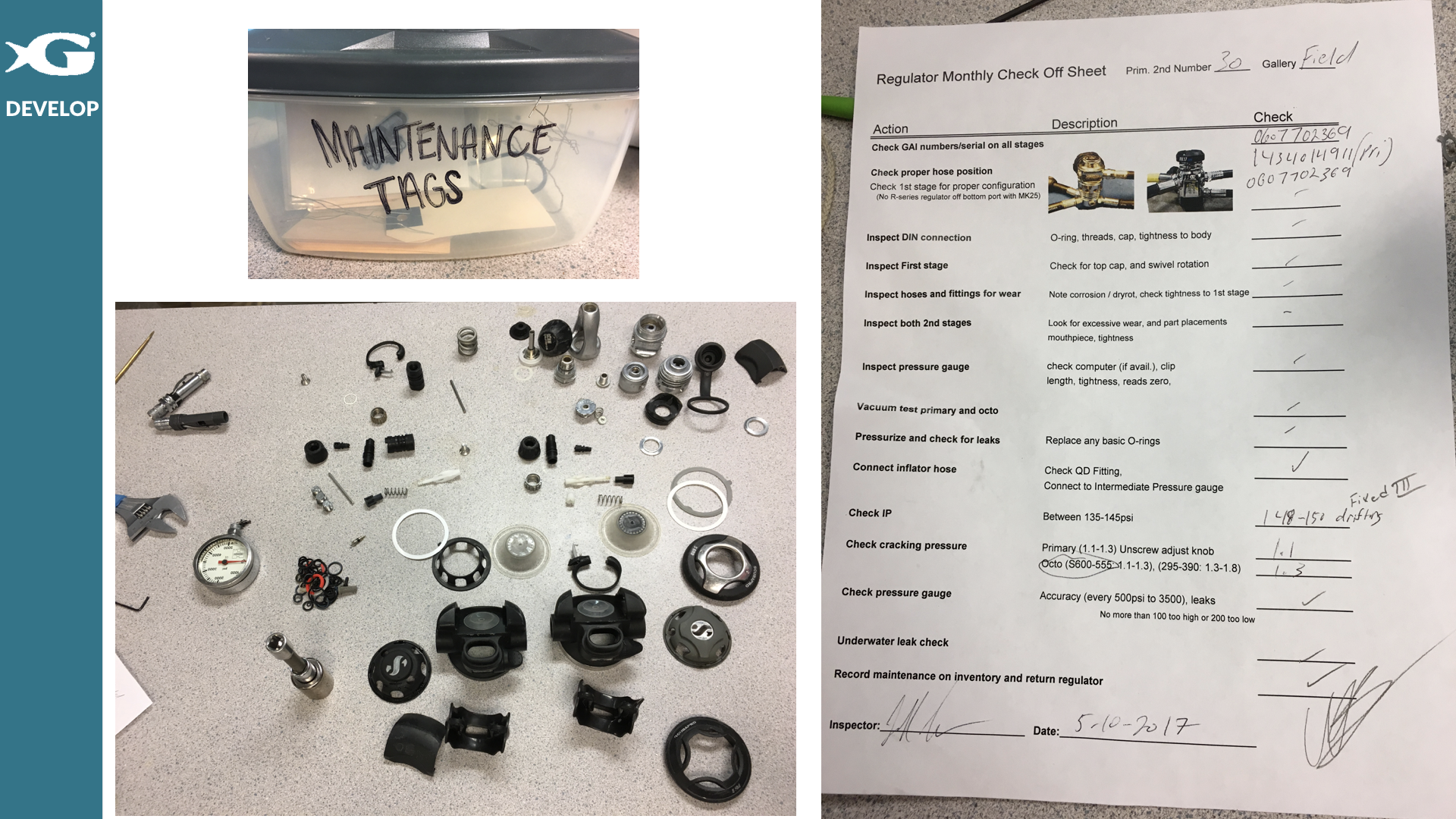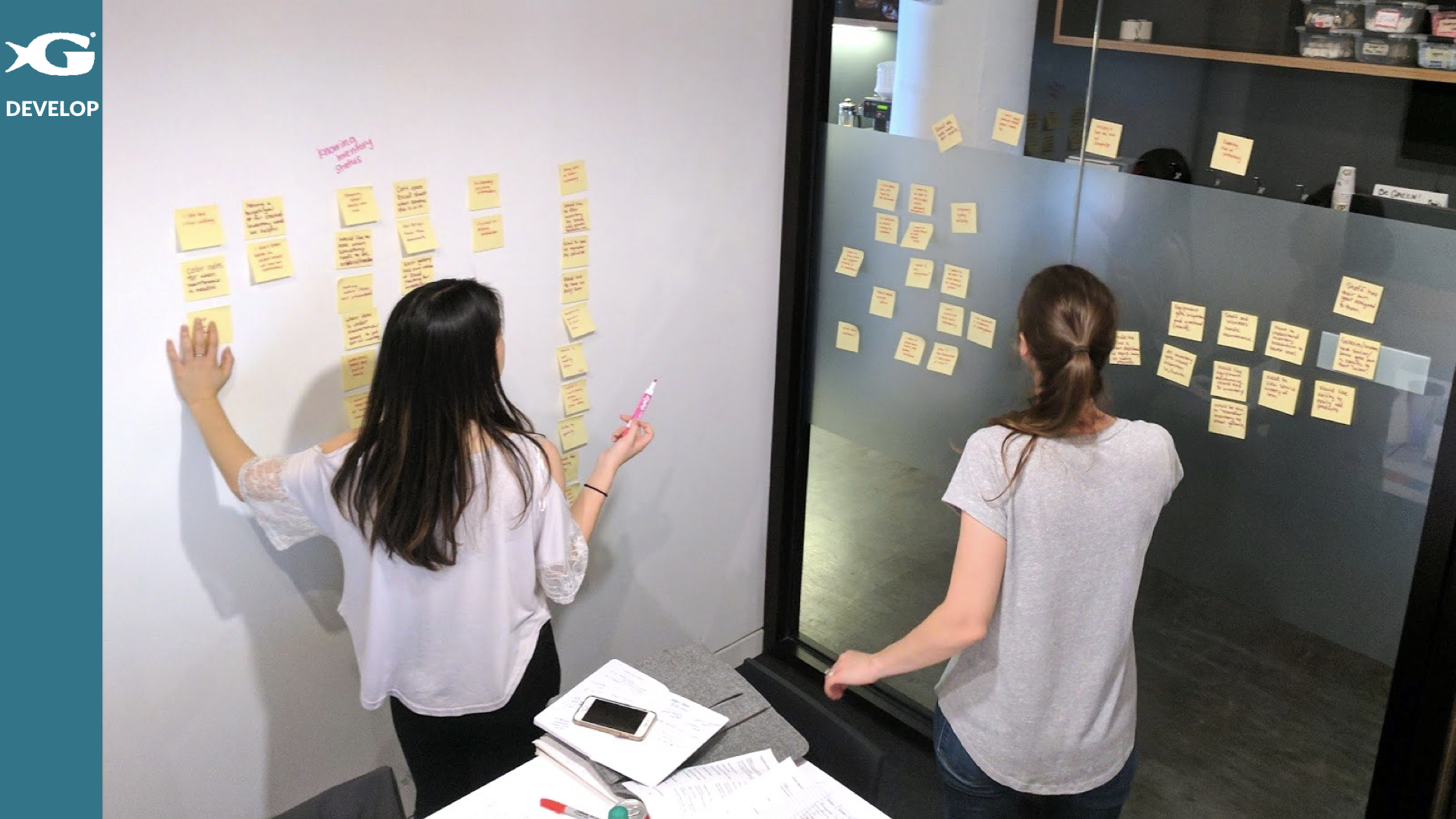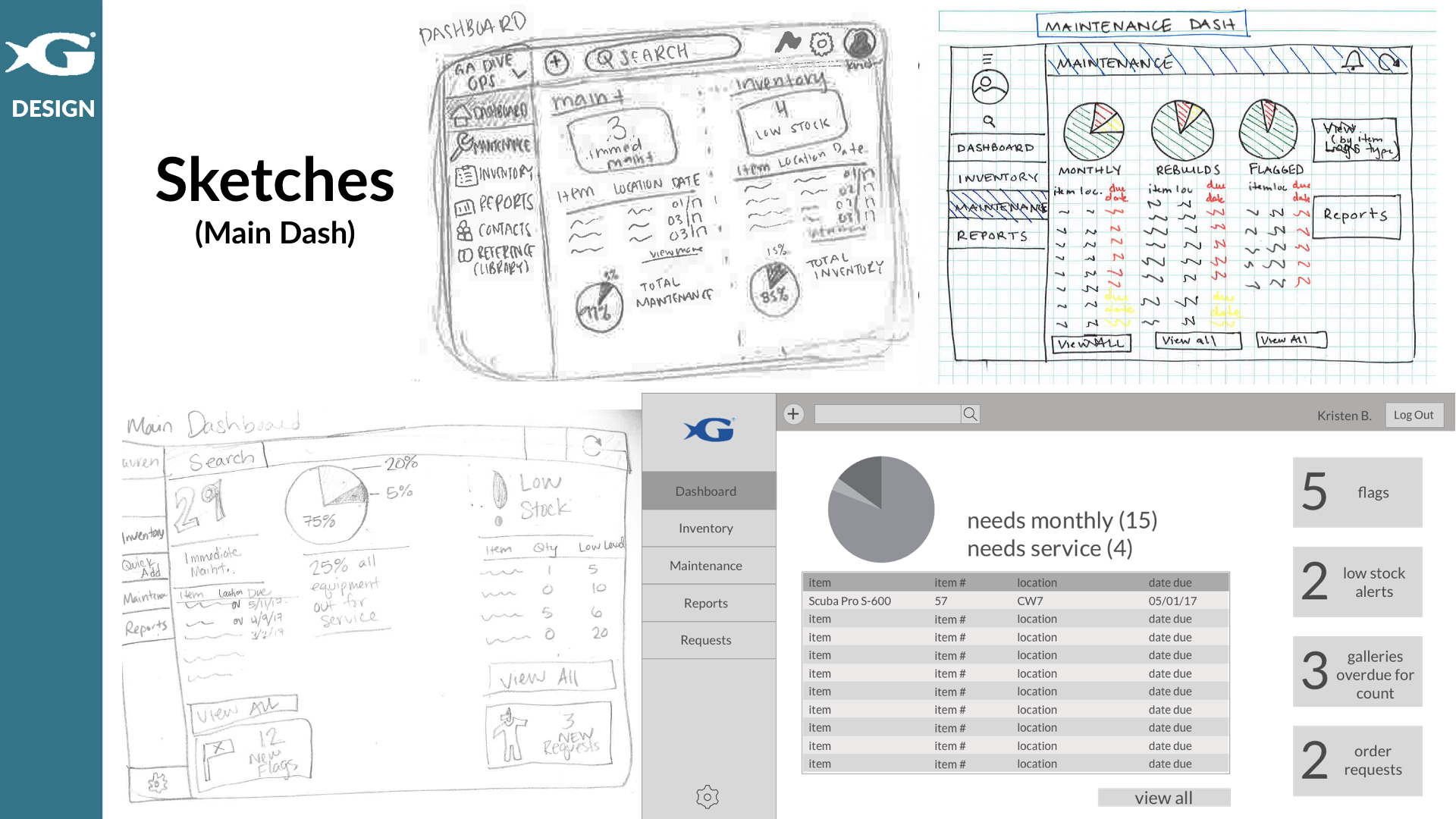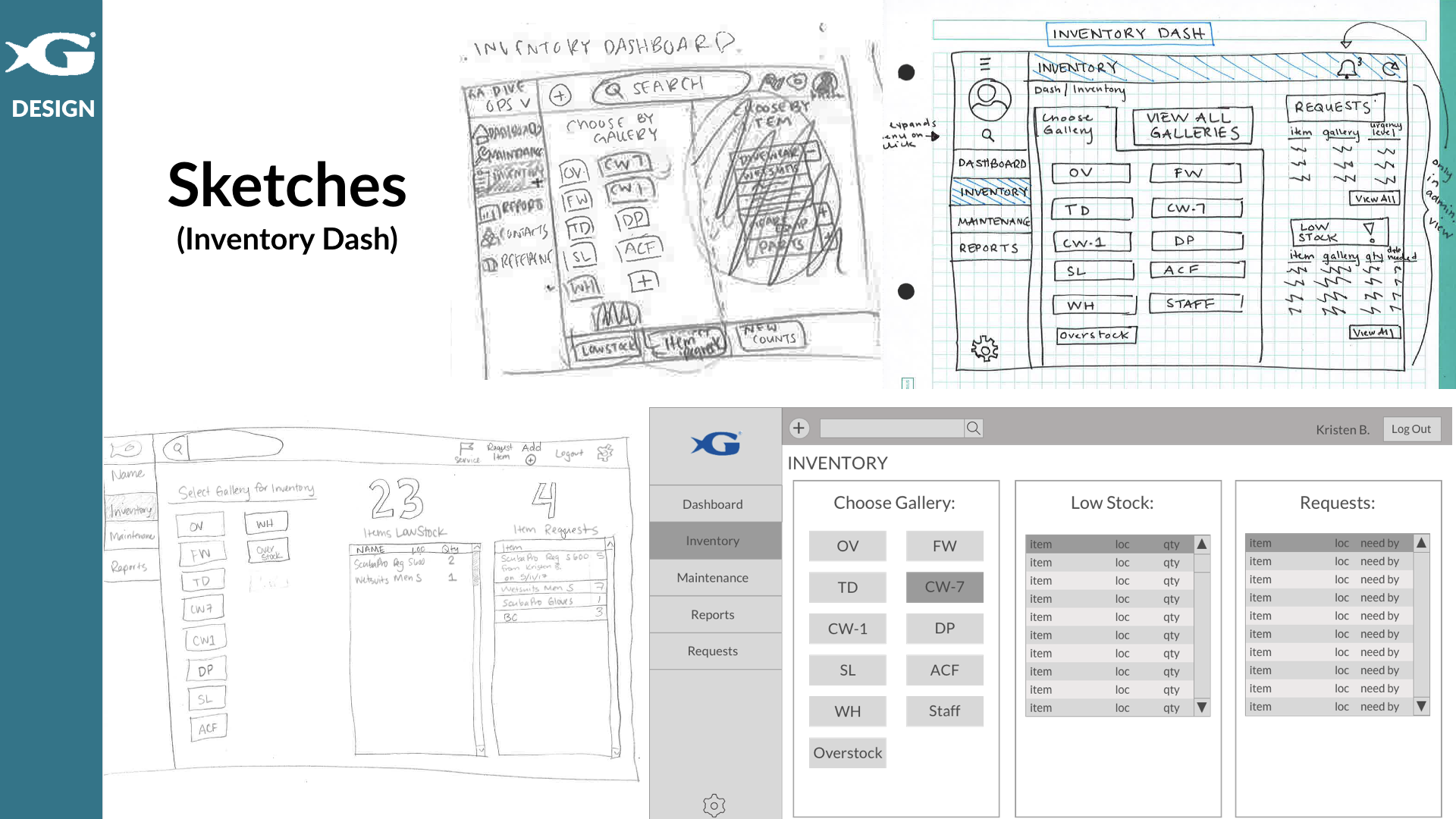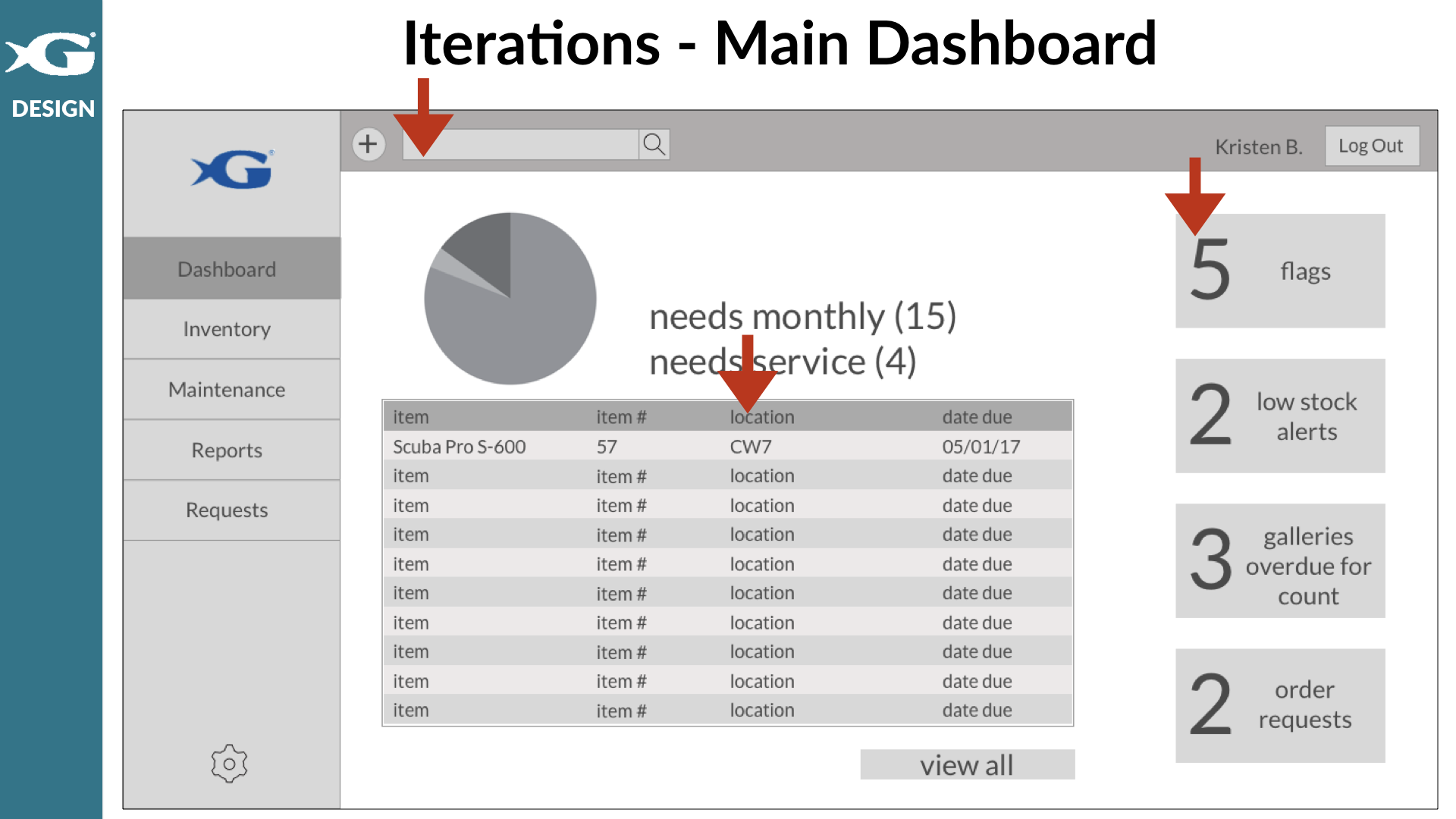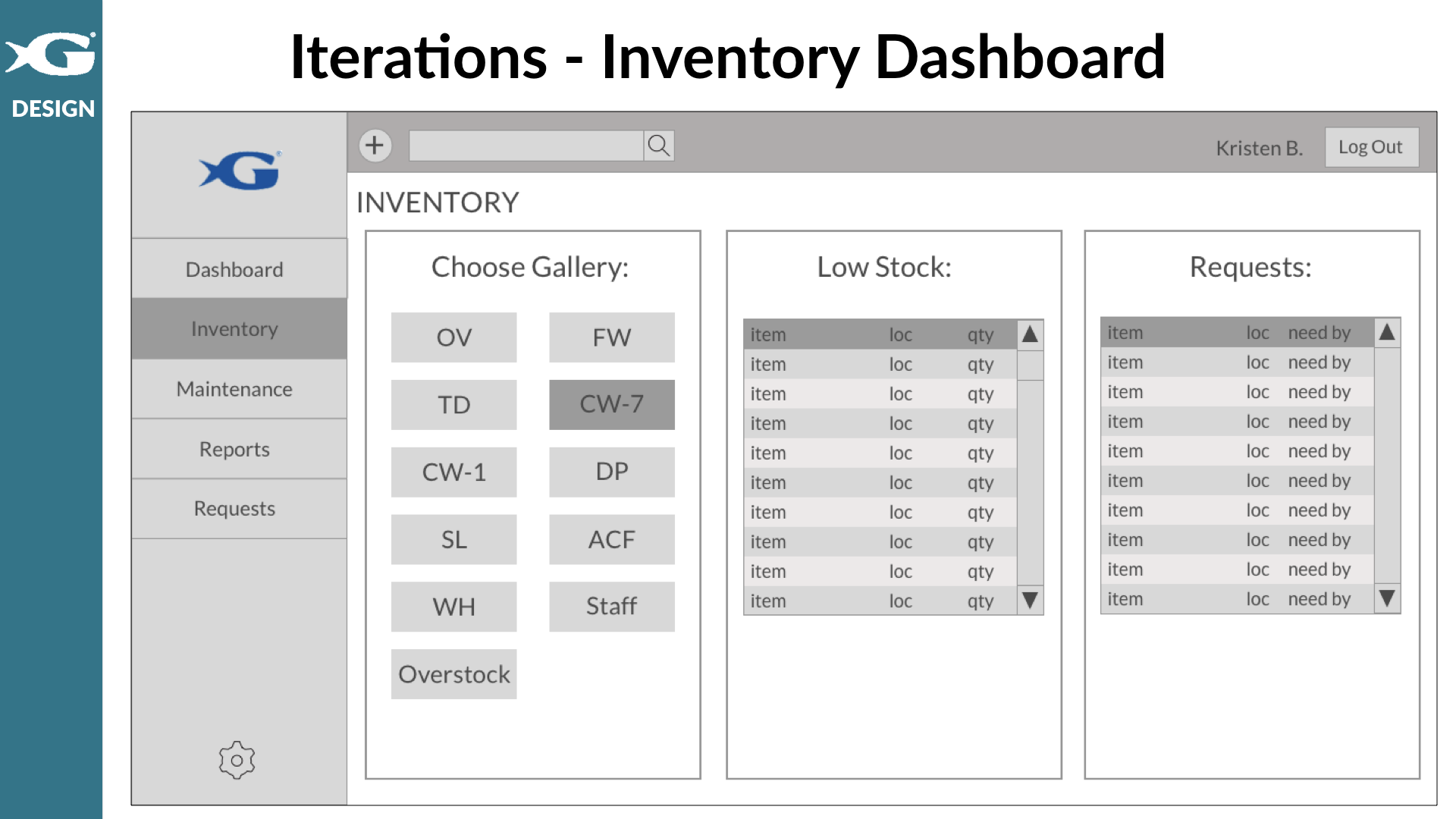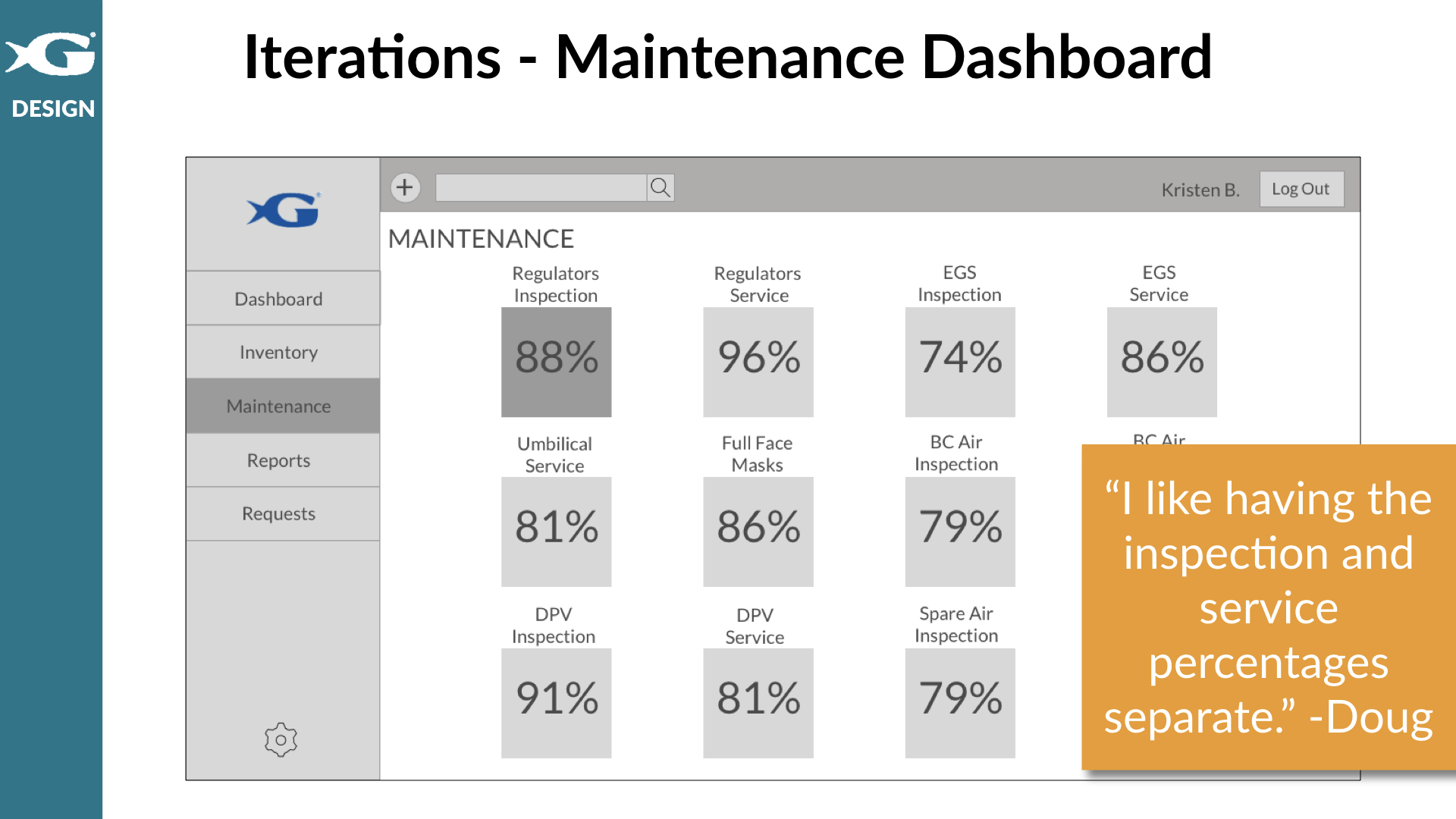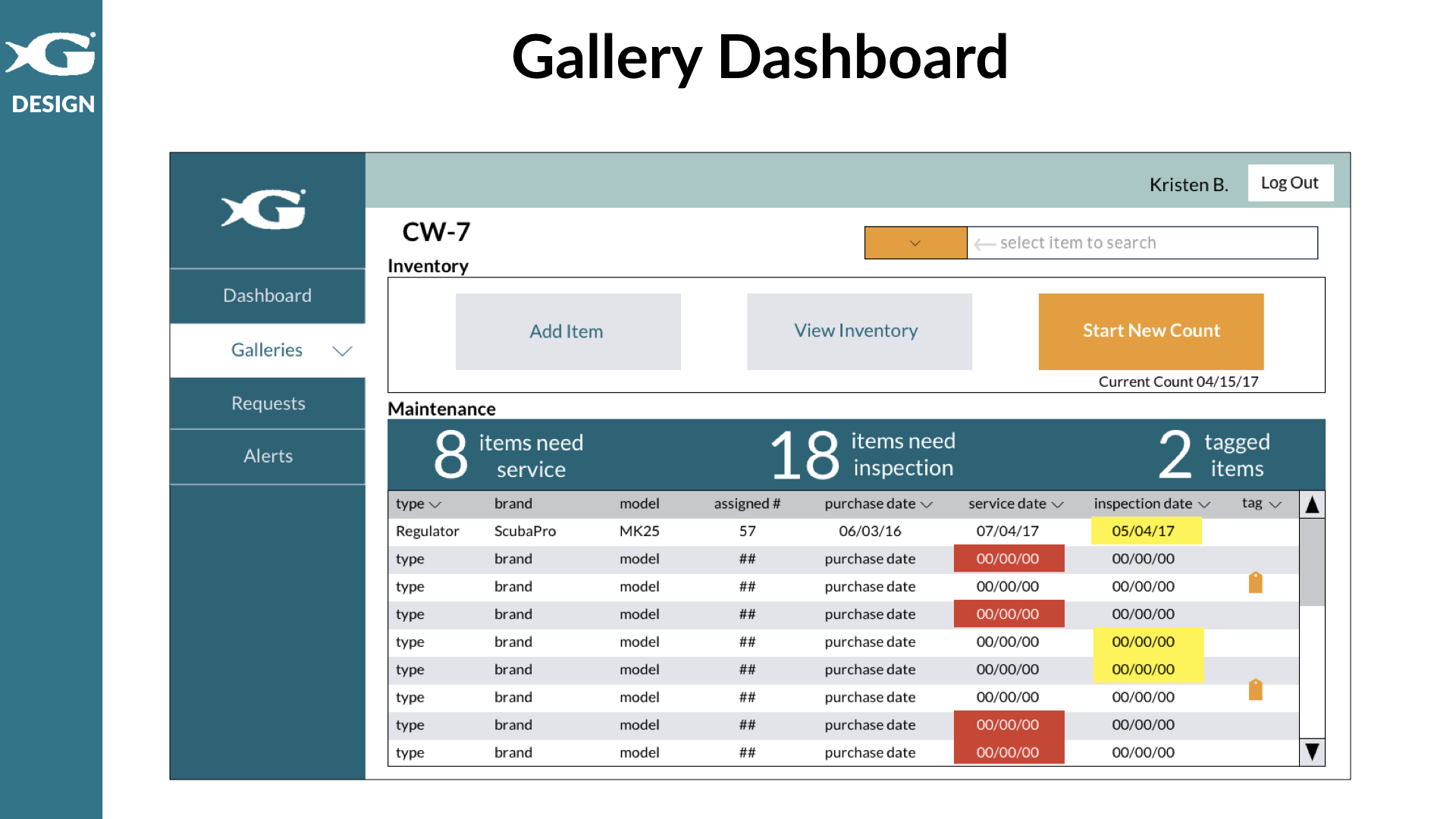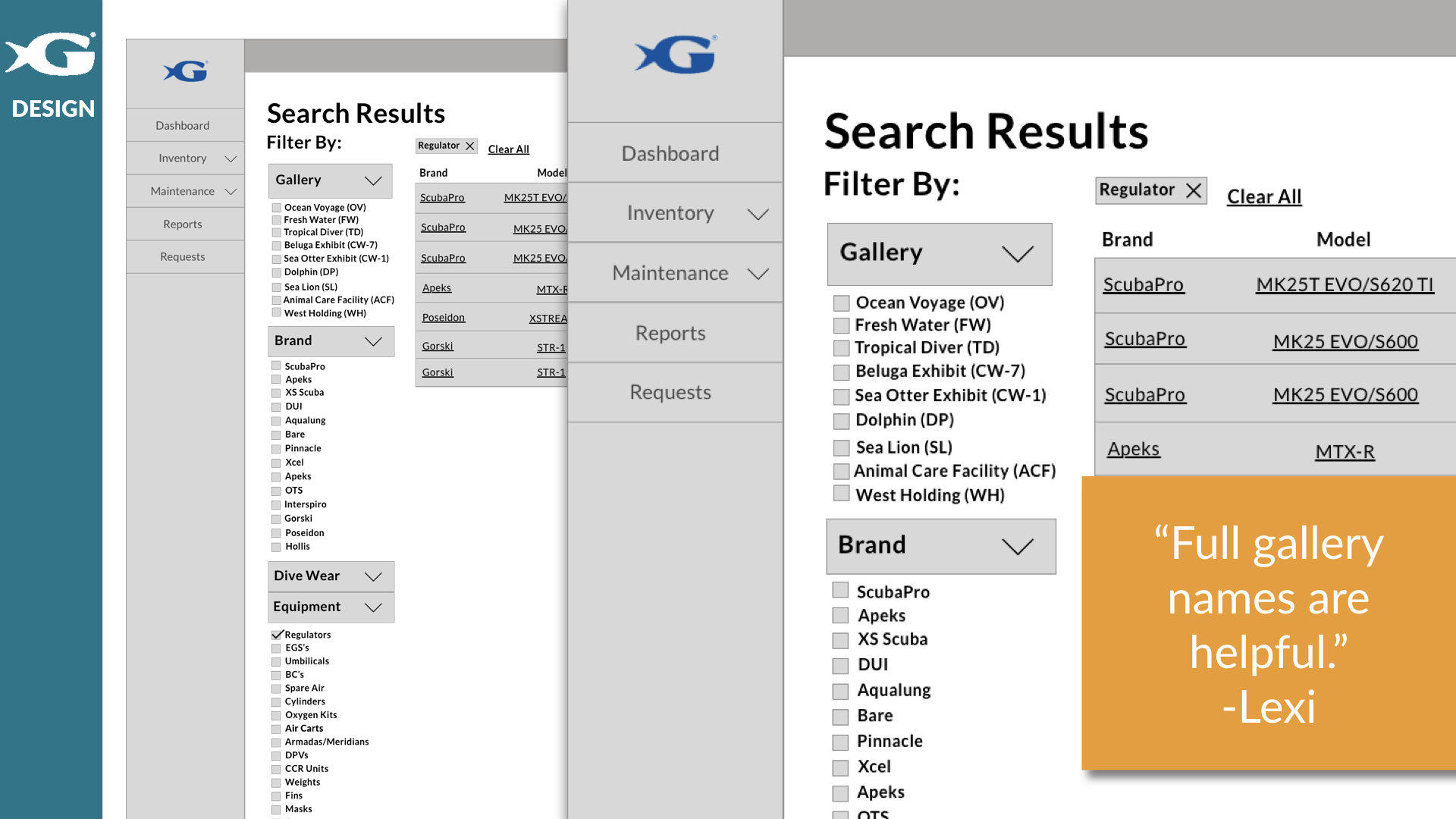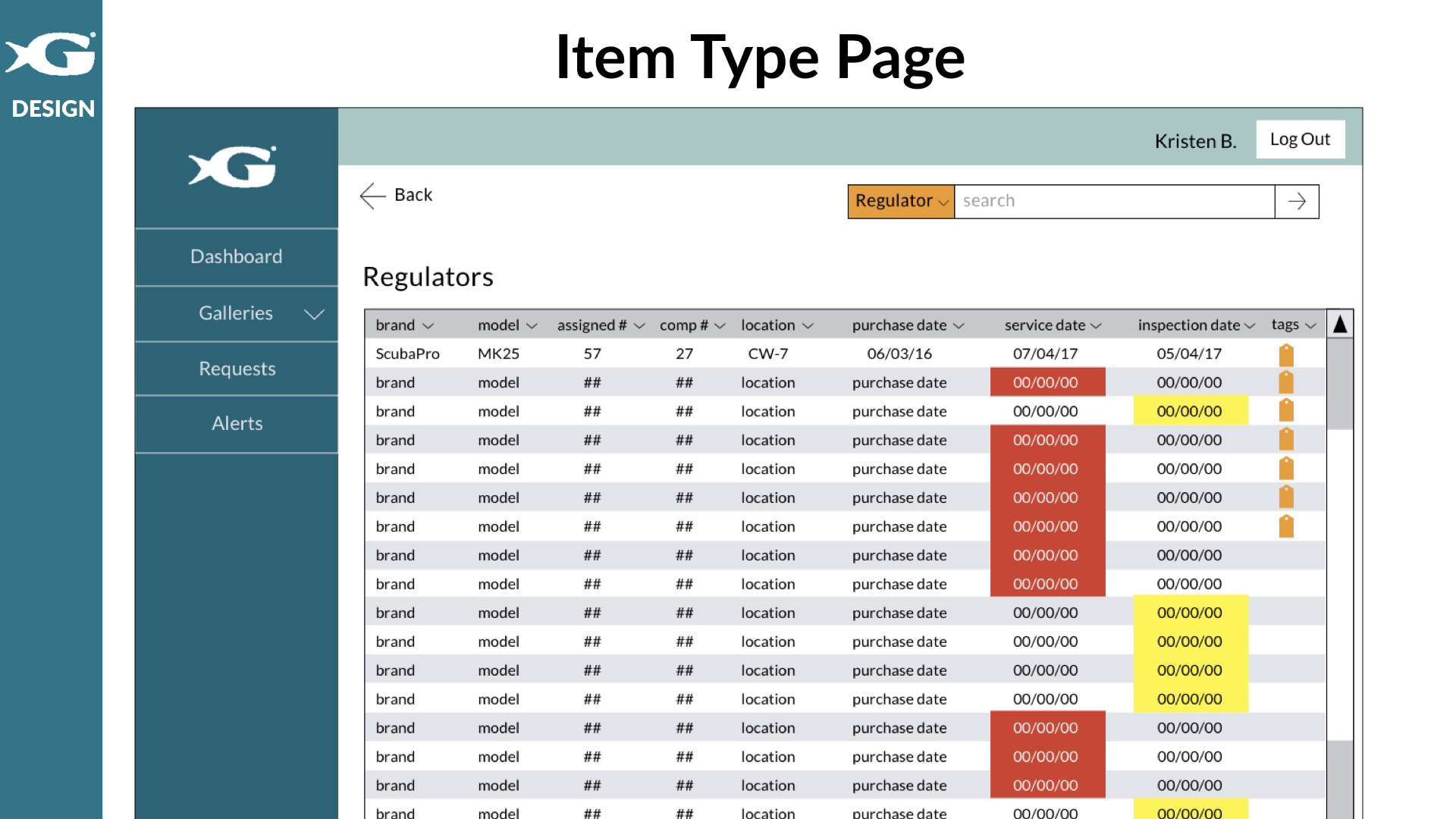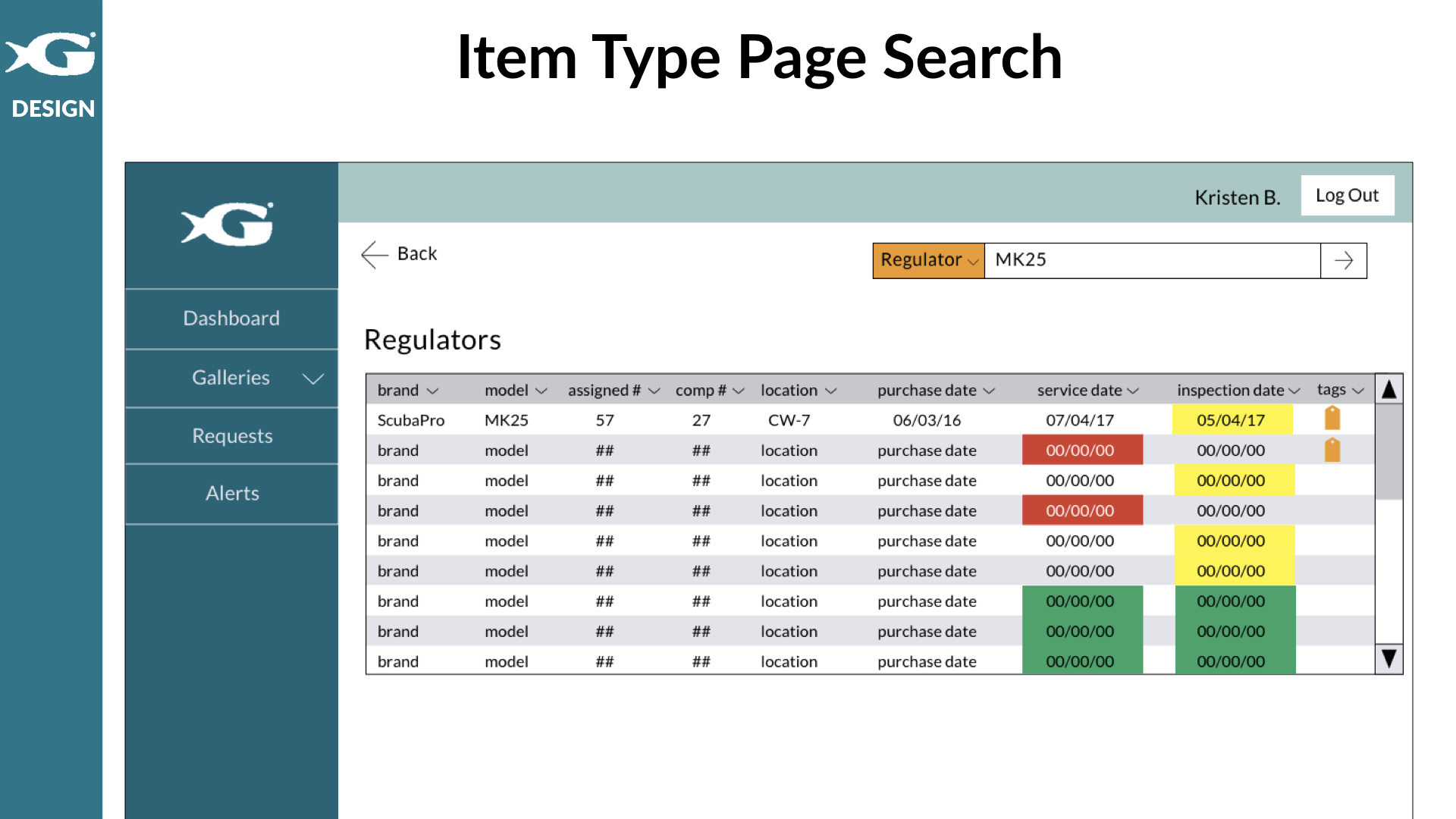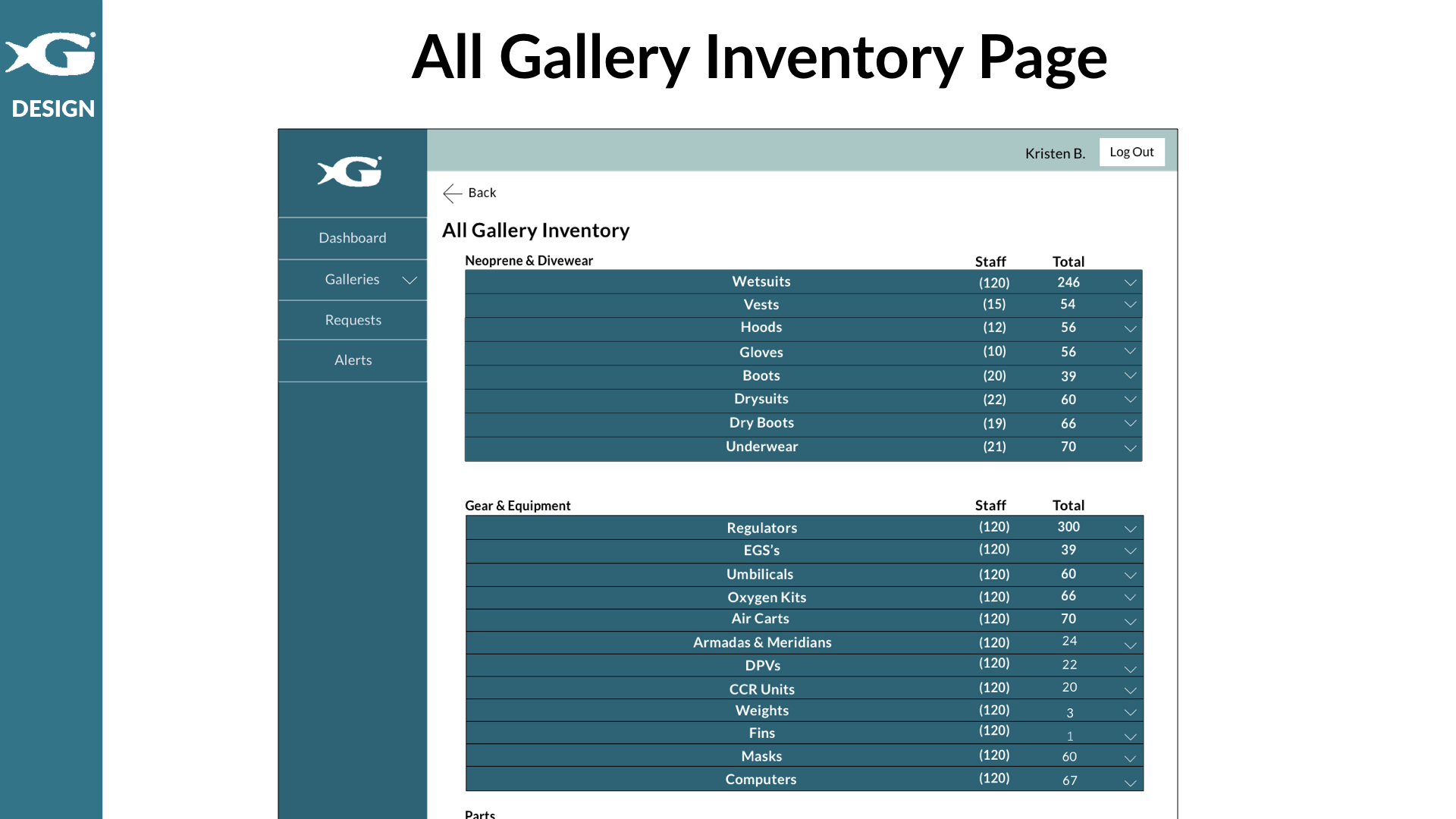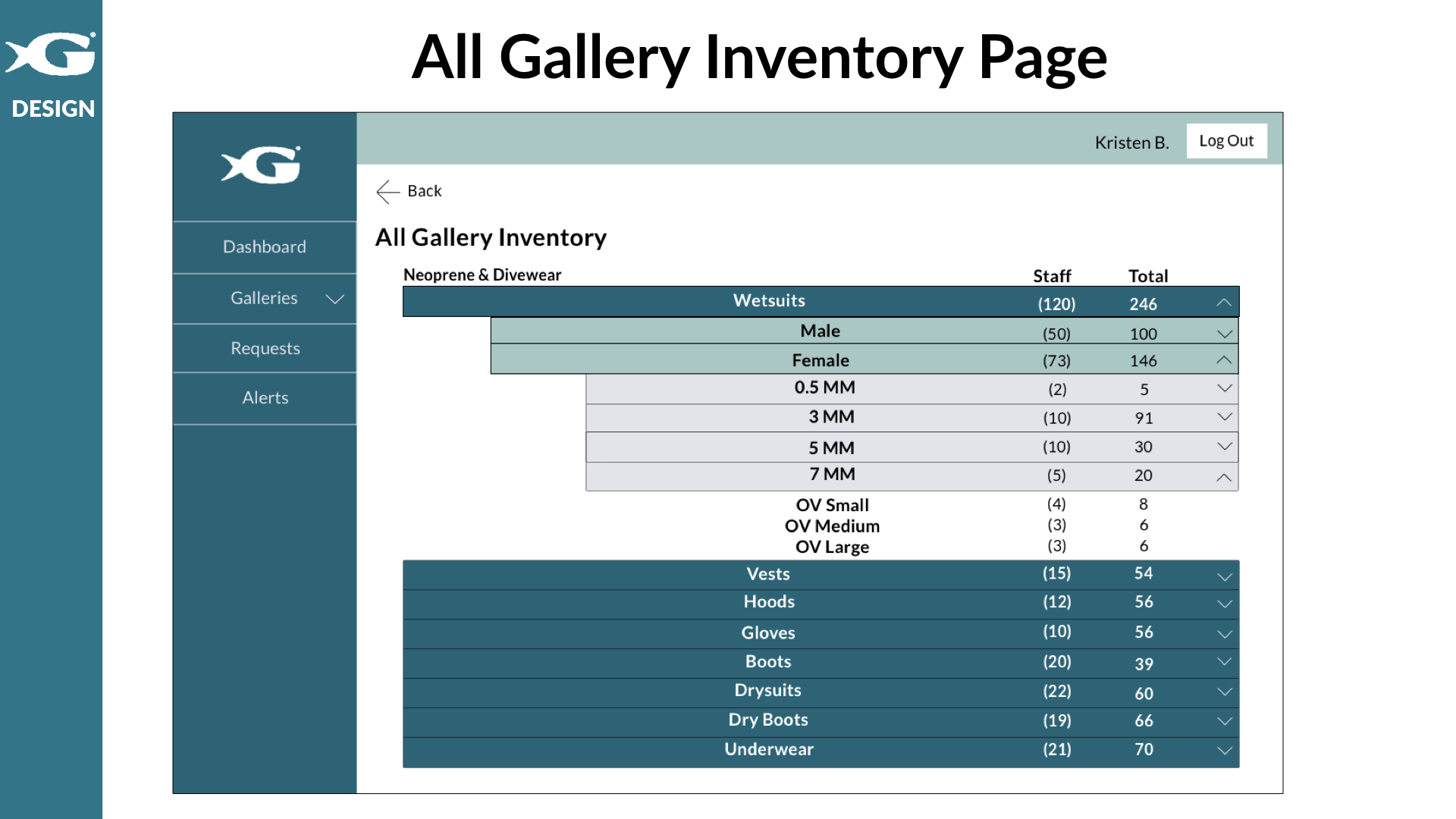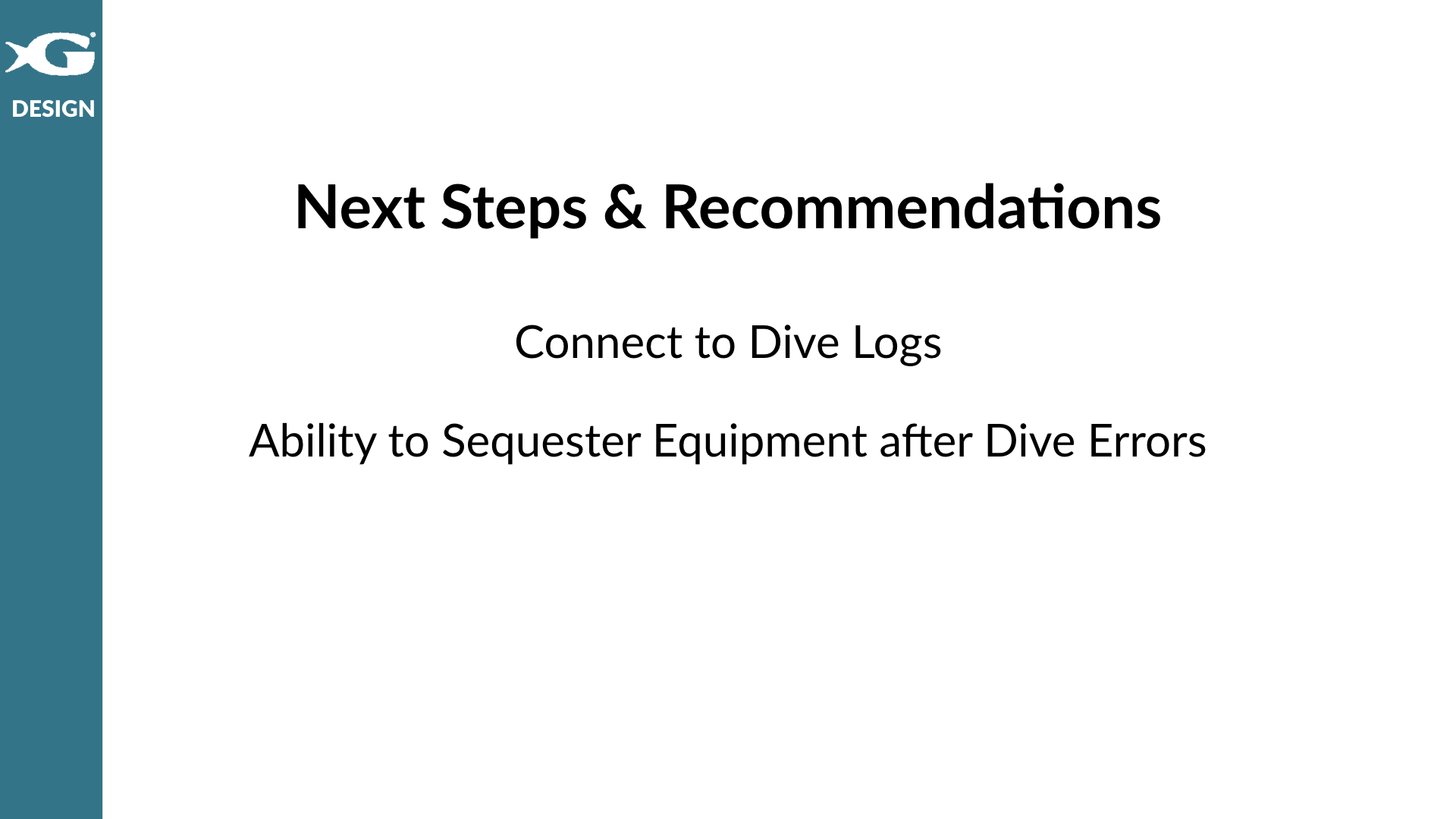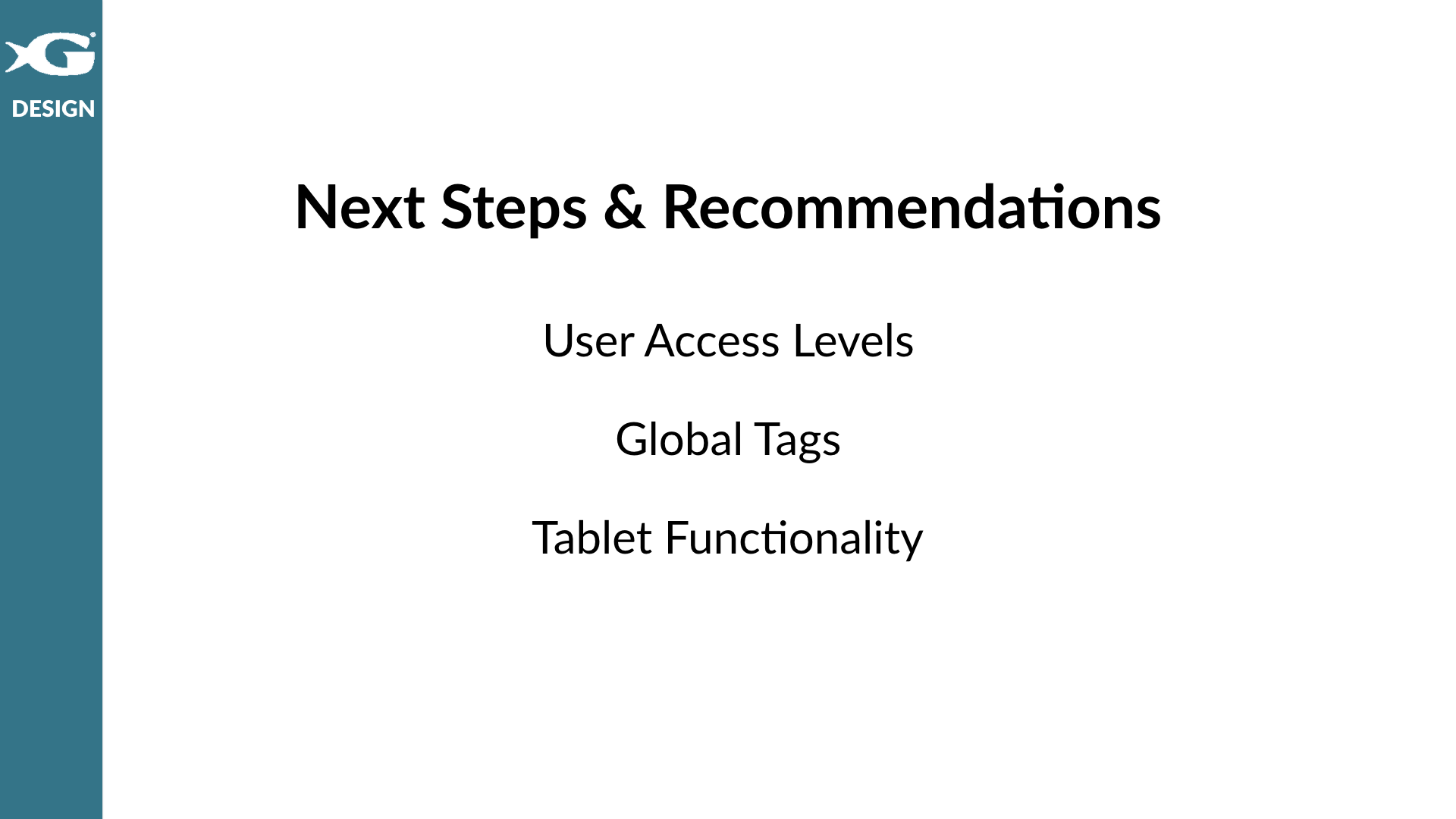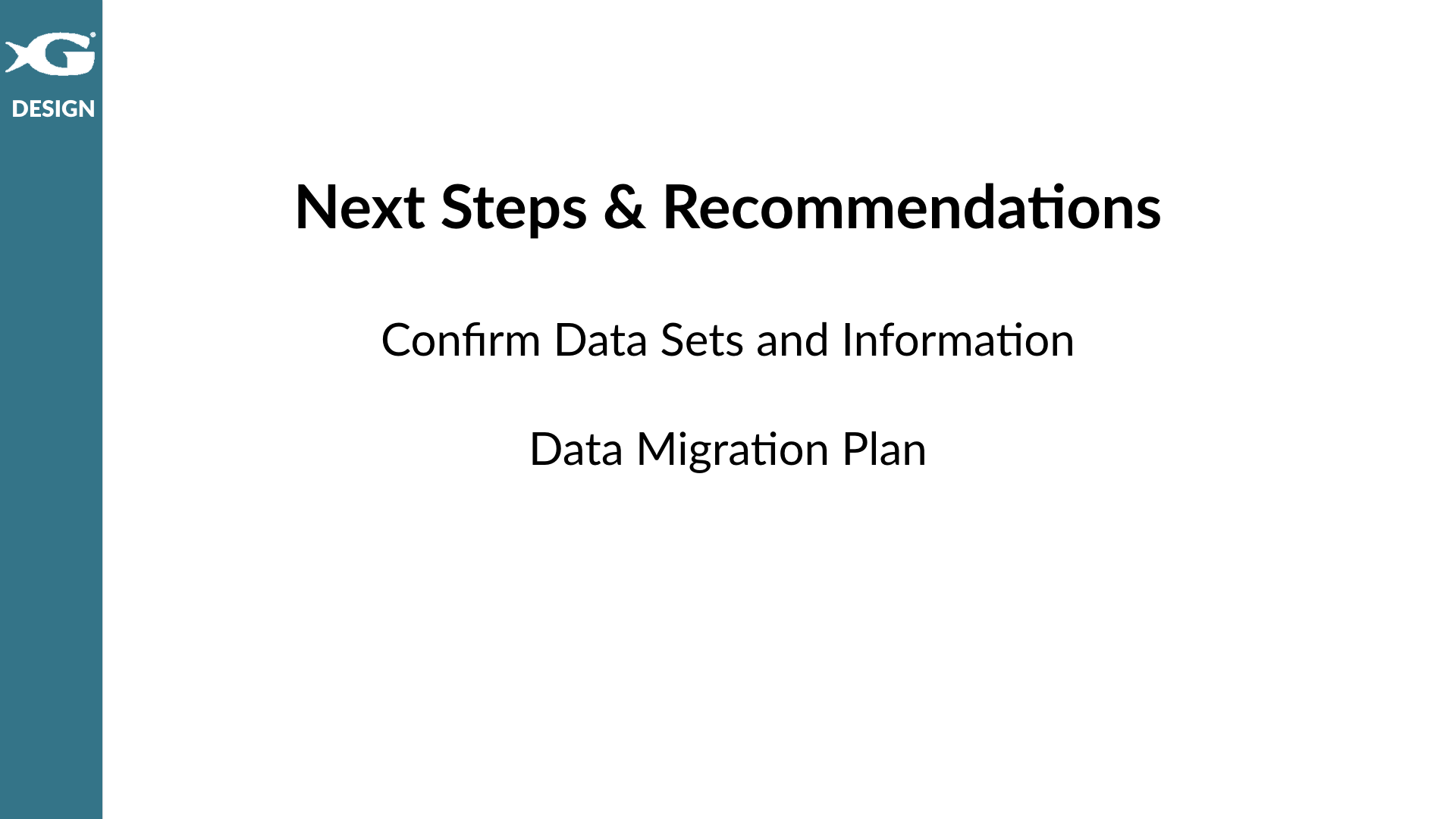SUMMARY | Discover | Design & Develop | Videos | Next Steps | Prototype
Summary - Our team was tasked with figuring out an inventory and maintenance solution for the Georgia Aquarium Dive Team. They wanted a way to keep track of their equipment. Our solution was to create a desktop solution that included features such as inventory counting, maintenance checks, alerts and requests. From our research and testing, our design suggestions were to (1) digitize the inventory and maintenance experience, (2) digitize item specific attributes, (3) create one single dashboard, (4) have page specific search functionality.
My Role - I was the lead UX Researcher and Information Architect on this project.
Our Research
Our team went onsite to the aquarium to explore the many different galleries where diver inventory is kept. There were over a dozen galleries, and each gallery had their own set of inventory items. It is important that inventory is kept track of respective to their galleries due to contamination issues. Currently, the dive operations team is using an excel document along with physical checklists to update their inventory and do maintenance.
Data Synthesis
We conducted on-site field research, diver surveys, and diver interviews during discovery. Our problem was that
Divers managing equipment need to integrate inventory and maintenance logs. Inventory tracking is not centralized or standardized and maintenance records are only partially digital. They do not have an effective way to search for specific aspects of inventory or maintenance information across the many equipment galleries.
Our solution was to design a desktop interface integrating inventory and maintenance systems, allowing effective information exchange. This will allow users to be able to search and filter inventory data, including location, unique attributes, and maintenance logs.
We created the following persona based on our divers to help guide the design of our proposed solution.
We conducted a competitive analysis of various inventory and maintenance systems to to get a grasp on the features necessary to design our system. Zoho Inventory was simple and full of color, but focused solely on inventory. Maintenance connect was focused on just maintenance. We needed a system that would accommodate both so we decided to design a customized solution.
We knew we need a way to notify our divers when equipment was checked in or checked out of their galleries. We also knew we needed a way for the divers to quickly find specific equipment. We explored Google Calendar's notification options and Macy's filtering as models for our designs.
After our discovery, we moved forward to our initial sketches.
Design & Iterations
We had a great framework for our system, which our divers loved, but needed to test our system to ensure usability. Can our divers find what they’re looking for and quickly? What’s missing from our designs? What features are unnecessary?
From our usability testing, we found that we were able to condense our design from three separate dashboards into one single dashboard that included both inventory and maintenance information.
Main Dashboard Iterations (3 Dashboard to 1 Dashboard)
We came across a technical limitation issue, as our engineering team would not be able to make global search functionalities an option. This forced our team to think of alternate solutions that would enable the divers to find specific equipment and quickly. We designed two separate search options for the divers. (1) page specific search functions as well as (2) an all gallery items search page.
Search Results Iterations (Global to Page Specific Search Functionality)
Our divers preferred to have the request button on the global navigation so they can access the pop-up modal at any stage in their process. Further, we tailored this pop-up modal to fit our divers specific needs and preferences.
Request Pop-Up Iteration (Global Request and Tailored Request Pop-Up)
Our initial design system was the following. We wanted a color that reflected the nature of the organization, but also included colors specific to alerts and status (such as red and green) in appropriate places within our design.
Our design solution allowed divers to (1) count their inventory. This was a main part of each diver’s responsibilities so a digitized experience allowed divers to effortlessly keep track of their inventory.
The system also allowed users to request equipment maintenance service or submit the equipment into routine service maintenance.
Next Steps & Recommendations
Our biggest request from our divers during our last iteration was to create a tablet version of the program so divers may be able to take the checklists out onto the field. Knowing this, we made sure to make our design as responsive as possible to make future integration simpler.

